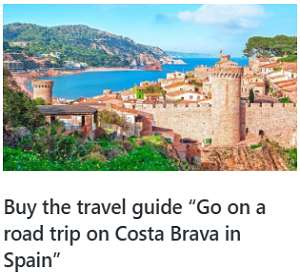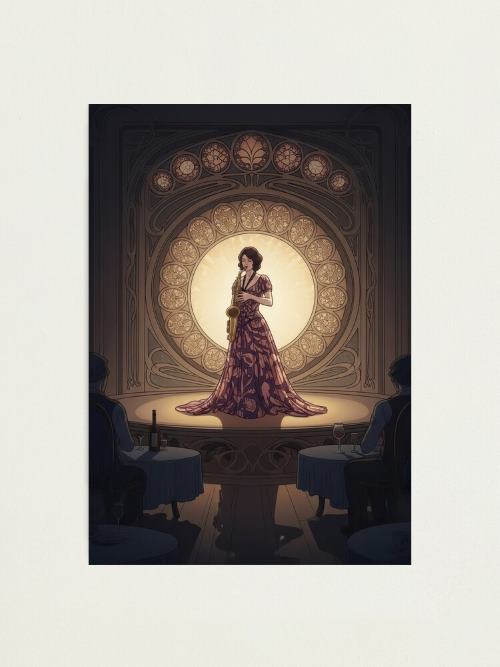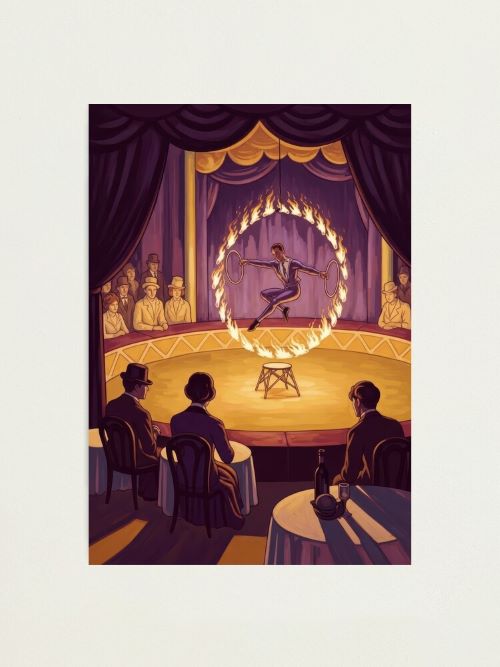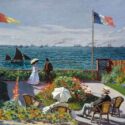It was the 1960s and the hippie era was in full swing. In Europe, the hippies established their treehugging communities in several places. The city of romance, Paris, was one of those.
Paris, love, love and.. hippies?
The hippie movement was vibrant in the city of love. Free thinkers and artists gathered there to share their ideal(istic) view of the world. But they did not stop there, but continued out on the French countryside and along the coasts.
Backk to Paris. In the neighborhoods such as Montmartre and the Latin Quarter, hippies foudn their gathering places. Known as a city for countercultural movements, the hippies fostered communities centered on the shared ideals of freedom and creativity.
Provence was more than wine in the 1960s
Provence attracts scores of tourists every year for its wine. Wine from Provence is more than the taste, and has acquired a certain status label. Like already mentioned, the hippies went to the contryside in France, where concepts such as communal living and self-sufficiency could be follwed in the strictest of ways. This was decades before the sustainability movement we know on a global scale in 2025. So in a way, the hippies paved a colorful and flowery path to sustainability initiatives that have been embraced by politicians and economists for a certain grounded approach to the topic (beyond singing around camp fires and chaining yourselves to trees).
The region of Provence attracted hippies who wanted out from the urban pressures where the community was in focus, reflecting the hippie ethos of harmony with nature.
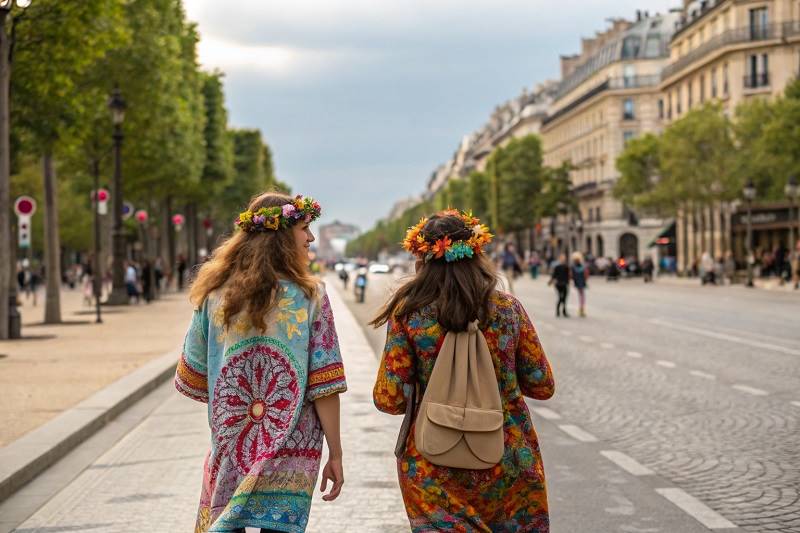
Hola Ibiza! From the island of love to island of partying
The Balearic Island that has earned its reputation as a party island in our times is Ibiza. Often associated with various debauchery and crazy partying, Ibiza was something completely different back in the 1960s. Back then it was a hub hippies, where they could gather, procreate and wear flowery outfits. Again, it was all about the triple focus peace, love, and music.
What was the hippie rejection of mainstream societal values. One that we found which most could (should?) agree on is the rejection of war. Then there is anti-materialism, which is funny in our modern world with modern shopping, including fast fashion and products being shipped across oceans in confusing patterns.
Then we come upon the experimentation of drugs. For the hippie, psychedelic drugs were an ingredient part of their lifestyle, as a way to break free from societal norms (eh). A sort of rebellion you could say. Surely their messages of peace and less materialistic lives found some more friction when advocating psychedelic drugs. Anyway, in many movies the hippie will be introduced in with a “stoned” demeanour, happy, and more often than not a tad confused. We also find spiritual exploration and community living among their values, often with elements of Eastern philosophies. The life of the hippie was that of an alternative way of going through life, where self-sustainability and being in “peace with nature” might be the closest values that we see being advocated also now on quarter into the 21st century.


